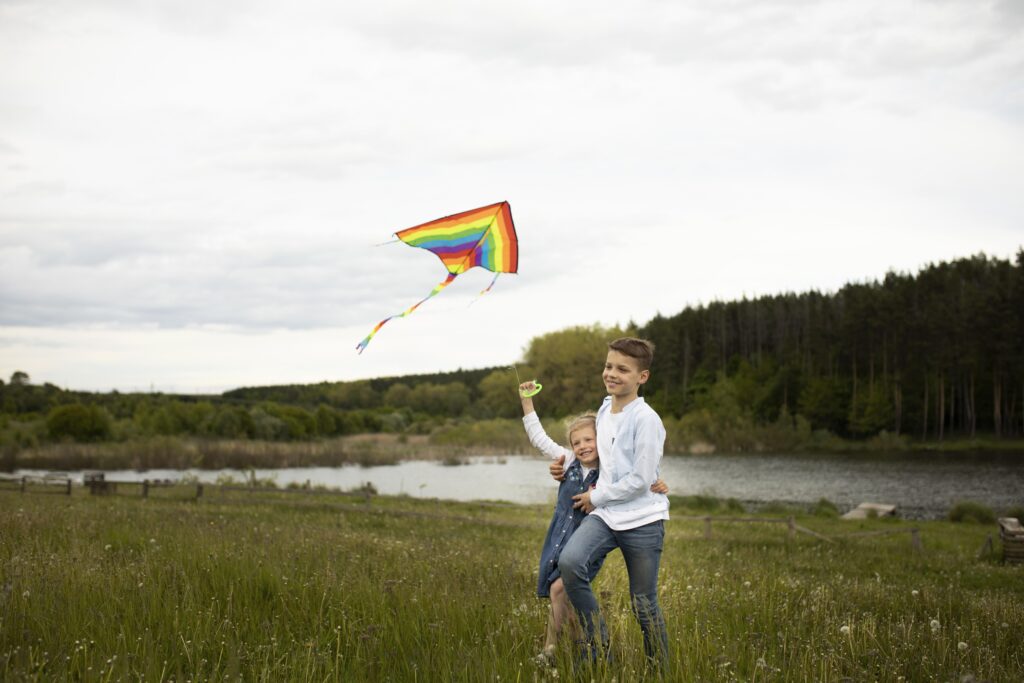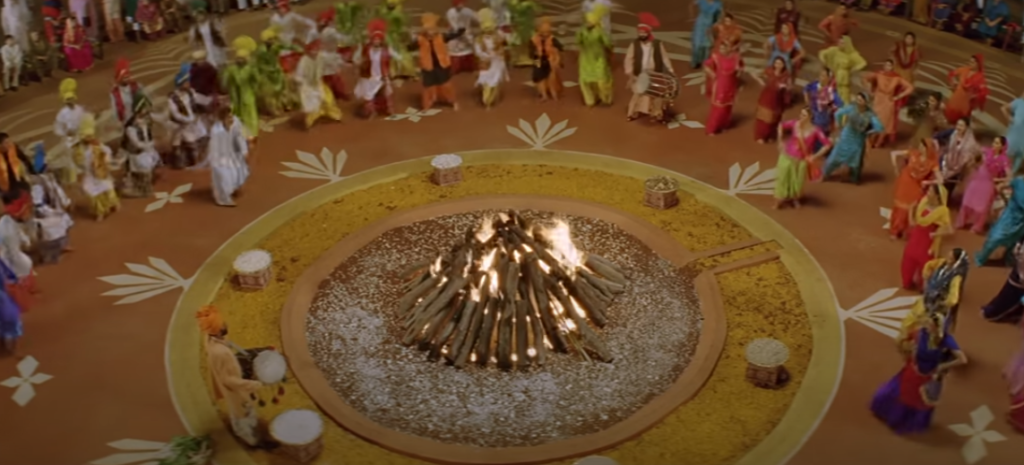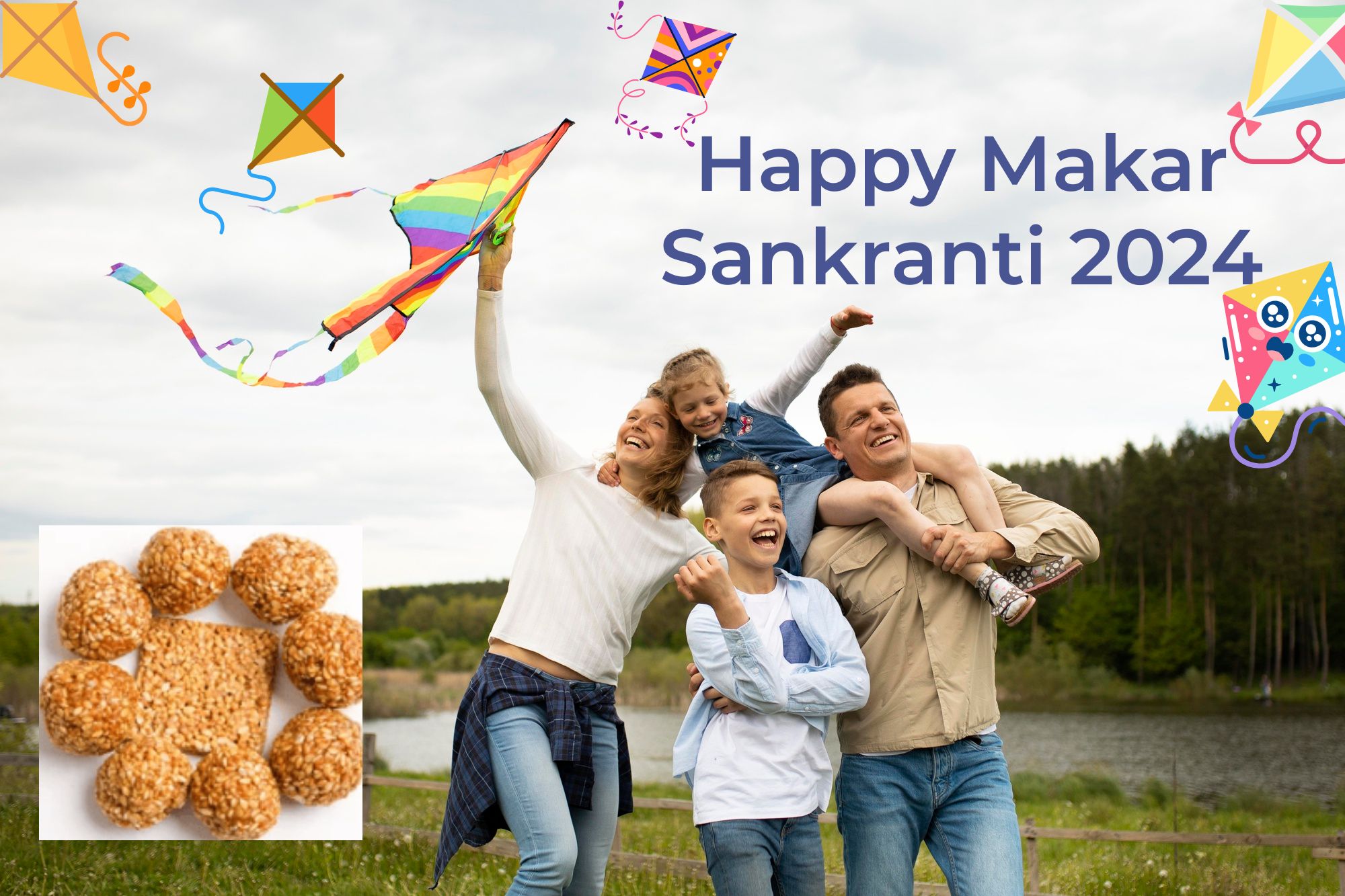Happy Makar Sankranti 2024: As the sun embarks on its northward journey, bringing warmth and longer days, it’s time to celebrate the joyous festival of Makar Sankranti. This vibrant and auspicious festival, marked by the transition of the sun into the zodiac sign of Capricorn, holds significant cultural and spiritual importance across India. As we usher in 2024, let’s explore the traditions, customs, and spirit of unity that define the essence of Makar Sankranti.
Table of Contents
The Spirit of Makar Sankranti:
Makar Sankranti 2024 is more than just a solar event; it is a festival that signifies the triumph of light over darkness. The festival marks the end of the winter solstice and the beginning of longer, brighter days. Families across the country come together to celebrate this transition with great enthusiasm, creating a vibrant tapestry of cultural diversity.
Flying High: Kites and Colorful Skies: One of the most iconic traditions associated with Makar Sankranti is the age-old custom of flying kites. The skies come alive with a riot of colors as people of all ages engage in friendly kite-flying competitions. The air is filled with the hum of strings and the cheers of victory, creating a sense of unity and camaraderie. This tradition symbolizes the shedding of darkness and embracing the light of knowledge and truth.
Sesame Seeds and Jaggery: A Sweet Celebration: Makar Sankranti is also known for its delectable treats, primarily made with sesame seeds and jaggery. Tilgul, a sweet made from these ingredients, is exchanged among friends and family as a gesture of goodwill and harmony. The combination of sesame and jaggery is believed to keep the body warm and provide energy, a perfect choice for the winter festivities.
Makar Sankranti as a Pongal in South India:
Harvesting Happiness: In the southern states of India, Makar Sankranti is celebrated as Pongal, a harvest festival that pays homage to the sun god for a bountiful crop. The highlight of the celebrations is the preparation of Pongal, a traditional dish made with newly harvested rice, lentils, and jaggery. Families come together to express gratitude for the agricultural abundance and share the joy of a prosperous harvest.
Family Bonding and Traditions: Makar Sankranti is a time for families to come together, bond, and partake in various traditions. From making colorful rangolis at the entrance of homes to performing special prayers, the festival instills a sense of togetherness and joy. Elders pass down age-old customs to the younger generation, ensuring that the cultural heritage of Makar Sankranti is preserved and cherished.
How does Makar Sankranti celebrate in Maharashtra?
Makar Sankranti, known as “Sankrant” in Maharashtra, is celebrated with great enthusiasm and traditional fervor. The celebrations in Maharashtra are unique and marked by various customs, rituals, and festive foods. Here’s a glimpse into how Maharashtrian people celebrate Makar Sankranti:
- Haldi-Kumkum Ceremony: Women gather for the Haldi-Kumkum ceremony on Makar Sankranti. They exchange haldi (turmeric) and kumkum (vermilion), along with small gifts, as a symbol of goodwill and sisterhood. This ceremony holds cultural significance and is considered auspicious.
- Tilgul Ghya, God Bola: The exchange of tilgul (sweets made from sesame seeds and jaggery) is a customary practice during Makar Sankranti. The phrase “Tilgul ghya, god bola” is exchanged, which translates to “Take tilgul and speak sweet words.” This tradition represents the sweetness of relationships and the importance of speaking kindly.
- **Sankrant Haldi-Kumkum: Another variation of the Haldi-Kumkum ceremony is organized specifically for the festival. Women invite friends and family, offering tilgul and haldi-kumkum, and share festive joys and blessings.
- Makar Sankranti Rangoli: Colorful rangolis, known as Sankranti rangolis, adorn the entrances of homes. These intricate designs often depict the sun, sugarcane, kites, and other auspicious symbols associated with the festival.
- Special Puja and Rituals: Many families perform special pujas on Makar Sankranti. Aarti is dedicated to the sun god, and prayers are offered for prosperity and well-being. Some people take holy dips in rivers and lakes, symbolizing the cleansing of sins.
- Kite Flying: Kite flying is an integral part of Makar Sankranti celebrations in Maharashtra. The sky becomes a vibrant canvas of colorful kites, and people of all ages participate in friendly competitions. The enthusiasm and cheers that accompany the kite-flying festivities make this tradition particularly lively.

Special Foods: Maharashtrians prepare and relish traditional festive foods on Makar Sankranti. Sesame seeds and jaggery-based dishes like tilgul ladoos, tilachi chikki (sesame brittle), and tilgul poli are popular. Families also indulge in a variety of other sweets and savory dishes.
- Dahi Chura: In some regions of Maharashtra, people consume a special dish called “dahi chura” on Makar Sankranti. It consists of curd (dahi) and flattened rice (chura) and is considered auspicious.
- Community Events: Many communities organize fairs and events during Makar Sankranti. These events include cultural programs, traditional games, and activities that bring people together to celebrate the festival collectively.
Makar Sankranti in Maharashtra is not just a day of celebration; it’s an expression of cultural richness and the warmth of traditions passed down through generations. The festivities encapsulate the spirit of unity, joy, and gratitude for the harvest season.
Do follow link for more information:
How does Makar Sankranti celebrate in Punjab?
Lohri is a traditional Punjabi festival celebrated with great enthusiasm, primarily in the state of Punjab and among the Punjabi diaspora worldwide. It is usually observed on the night of January 13th, a day before Makar Sankranti. Lohri marks the end of the winter solstice and the onset of longer days.
Here are key aspects of Lohri celebration in Punjab:
#1 Bonfire Rituals: The central feature of Lohri celebrations is the lighting of bonfires. Families and communities gather around a bonfire in the evening, singing and dancing around it. The bonfire symbolizes the end of the winter season and the beginning of longer days. People toss items like til (sesame seeds), gachak (jaggery and sesame seed sweets), peanuts, and popcorn into the bonfire as offerings.
#2Traditional Songs and Dance: People sing traditional Lohri songs and perform energetic dance forms like Bhangra and Gidda around the bonfire. These songs often reflect the joy of the harvest season, the changing weather, and cultural tales.
#3Distribution of Prasad: After offering items to the bonfire, the prasad (consecrated food) is distributed among the gathering. This prasad typically includes the items that were offered to the bonfire, symbolizing the sharing of the festival’s blessings.

- Sweets and Savories: Special foods associated with Lohri, such as til (sesame) and gachak, are distributed among family and friends. Revri (a sweet made of sesame seeds and jaggery) and popcorn are also commonly prepared for the occasion.
- Social Gatherings: Lohri is a time for socializing and strengthening community bonds. Families and neighbors come together to celebrate, share laughter, and enjoy the festivities. It is a particularly joyous occasion for newlyweds and new parents who often receive blessings and gifts.
- Dressing in Traditional Attire: People often dress in vibrant traditional Punjabi attire during Lohri celebrations. This may include colorful phulkari (embroidered) clothing, turbans, and other traditional accessories.
- Celebration of New Beginnings: Lohri is considered an auspicious time for new beginnings. Families with newborns, newlyweds, or those who have recently moved into a new home often celebrate Lohri with added enthusiasm, seeking blessings for a prosperous future.
- Kite Flying: Similar to Makar Sankranti, the tradition of kite flying is also associated with Lohri in some regions. People fly colorful kites, adding a playful and festive dimension to the celebrations.
Lohri is a festival that embodies the spirit of community, warmth, and the celebration of the harvest season. The vibrant traditions and rituals associated with Lohri reflect the rich cultural heritage of Punjab and bring people together in the spirit of joy and unity.
How does Makar Sankranti celebrated in different states of India?
Makar Sankranti, known by different names in various states of India, is celebrated with diverse customs and traditions. The festival marks the transition of the sun into the zodiac sign of Capricorn and is observed in different ways across the country. Here’s a glimpse into how Makar Sankranti is celebrated in some states:
- Uttar Pradesh: In Uttar Pradesh, the festival is known as Khichdi Parv. Devotees take a holy dip in the rivers, especially at the confluence of the Ganges and Yamuna in Allahabad. It is a common practice to distribute khichdi (a mixture of rice and lentils) as prasad.
- Gujarat: In Gujarat, Makar Sankranti is celebrated as Uttarayan. The skies come alive with colorful kites, and the International Kite Festival in Ahmedabad attracts kite enthusiasts from around the world. Families gather on rooftops, engage in kite-flying competitions, and savor traditional Gujarati sweets.
- Maharashtra: In Maharashtra, the festival is celebrated as Sankrant. People exchange tilgul (sweet sesame and jaggery sweets) and greet each other with the phrase “Tilgul ghya, god bola,” which means “Take tilgul and speak sweet words.” Kite flying is also a popular tradition, and colorful rangolis adorn the entrances of homes.
- Punjab: Lohri, celebrated on the night before Makar Sankranti, is significant in Punjab. Bonfires are lit, and people sing and dance around them. On Makar Sankranti, Sikhs visit gurdwaras, take a dip in holy waters, and share festive foods like sesame seeds and jaggery.
- Tamil Nadu: In Tamil Nadu, the festival is known as Pongal. It is a four-day harvest festival, and the highlight is the preparation of Pongal, a special dish made with newly harvested rice, lentils, and jaggery. Families come together to cook and share the festive meal.
- Andhra Pradesh and Telangana: In these states, Makar Sankranti is celebrated as Bhogi. People discard old and unwanted items, and a bonfire is lit to symbolize the destruction of negativity. The festival is marked by cultural events and traditional foods.
- Rajasthan: In Rajasthan, the festival is known as Makar Sankrant or Sakrat. People exchange tilgul and offer prayers. Kite flying is a popular tradition, and the sky is filled with colorful kites.
- Karnataka: Makar Sankranti is celebrated as Sankranthi in Karnataka. The festival is marked by the preparation of ellu-bella, a mixture of sesame seeds, jaggery, coconut, peanuts, and other ingredients. People exchange these ingredients, symbolizing the sweetness of life.
- Bengal: In West Bengal, the festival is known as Poush Parbon or Makar Sankranti. People take a dip in the Ganges and offer prayers. Kite flying is also a popular tradition, and special sweets made with jaggery are prepared.
These variations in celebration showcase the cultural diversity of India, with each state adding its unique flavors and traditions to the festive occasion of Makar Sankranti.
Read more articles:: Happy Makar Sankranti 2024: Celebrating Joy and ProsperityPM Narendra Modi Inaugurates in Nashik: Celebrating National Youth Day 2024
Amazon Great Republic Day 2024 Sale! Top Deal on TV and Mobile Phones

